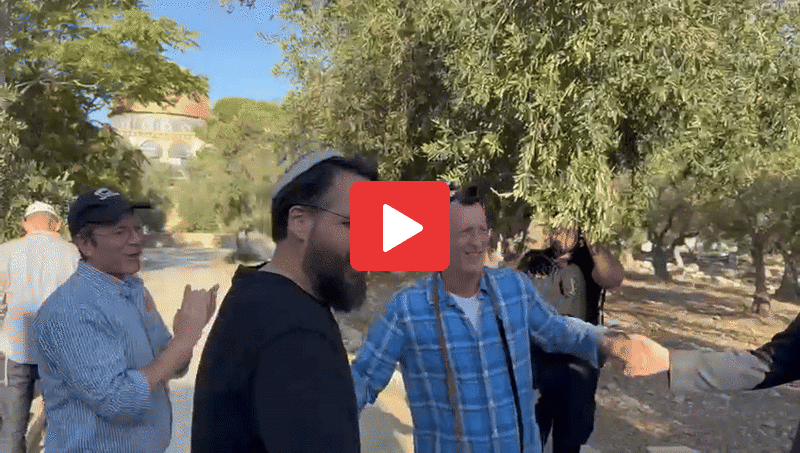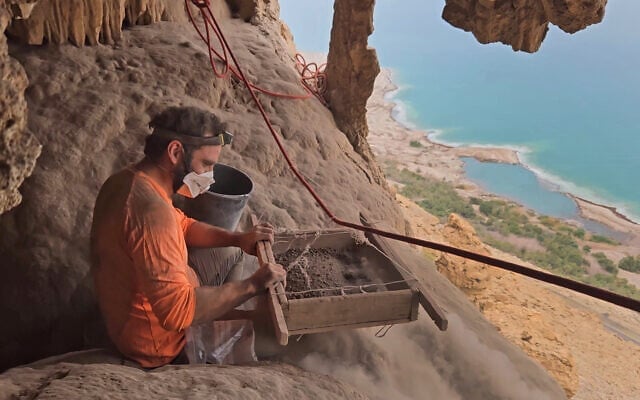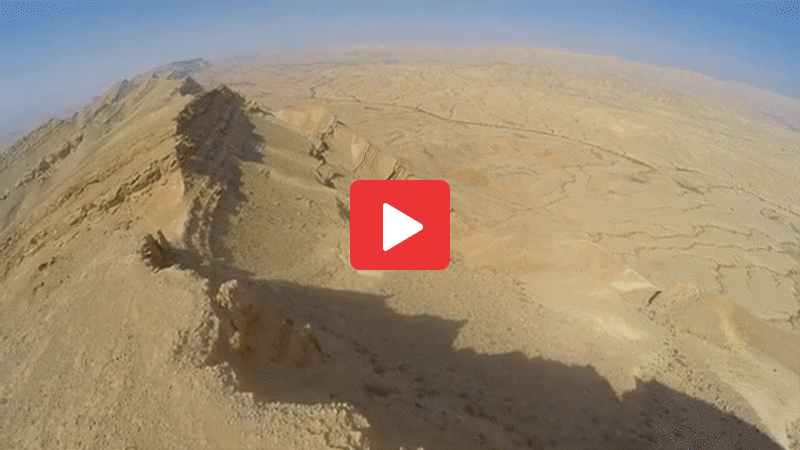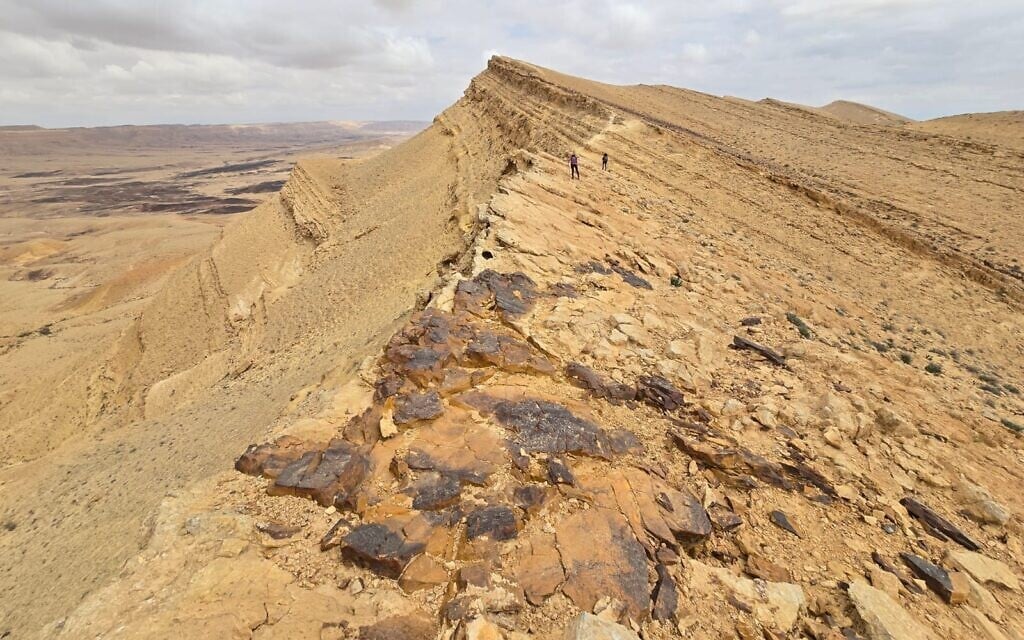| Yehuda Lave is an author, journalist, psychologist, rabbi, spiritual teacher, and coach, with degrees in business, psychology and Jewish Law. He works with people from all walks of life and helps them in their search for greater happiness, meaning, business advice on saving money, and spiritual engagement. Love Yehuda Lave Join my blog by sending me an email to YehudaLave@gmail.com Today being Sept 1st, I will tell one of my Father's favorite jokes in his honor: When Barman and Baily's famous circus was coming to town, they had an advertisement that said Greatest Circus in the World coming to town, Sept One. My Father's joke was he wanted to see the greatest, not the cept one. Here's to you Dad | 













